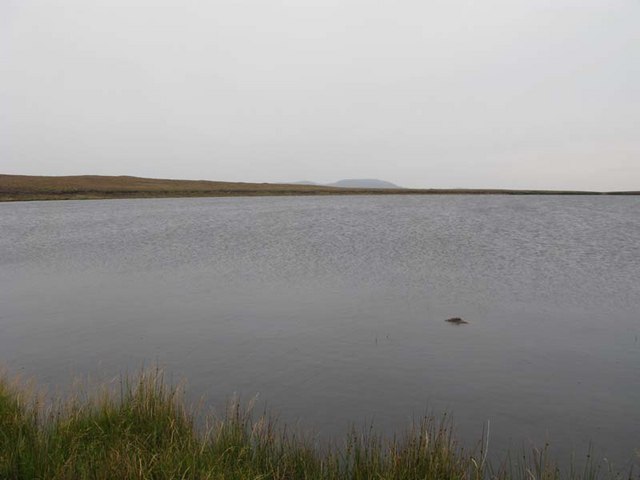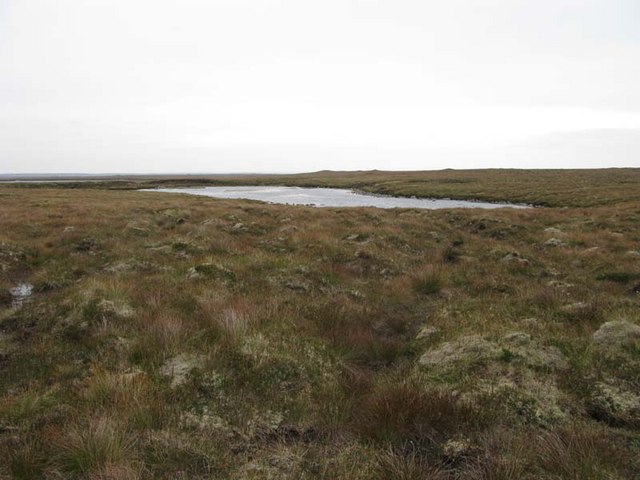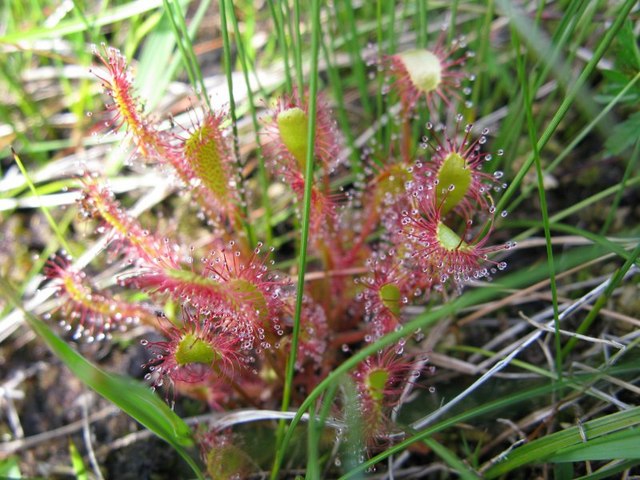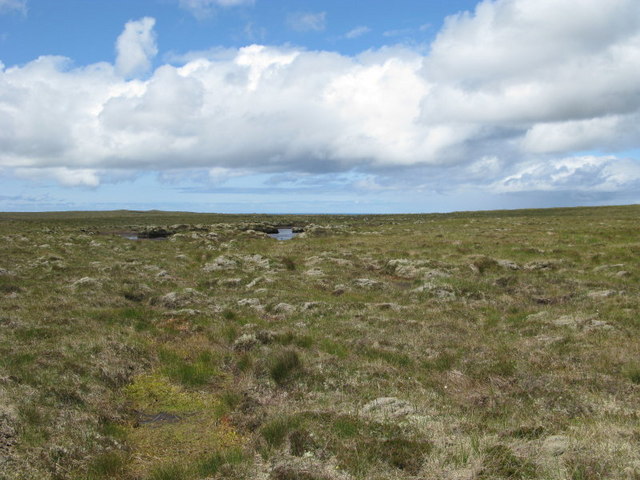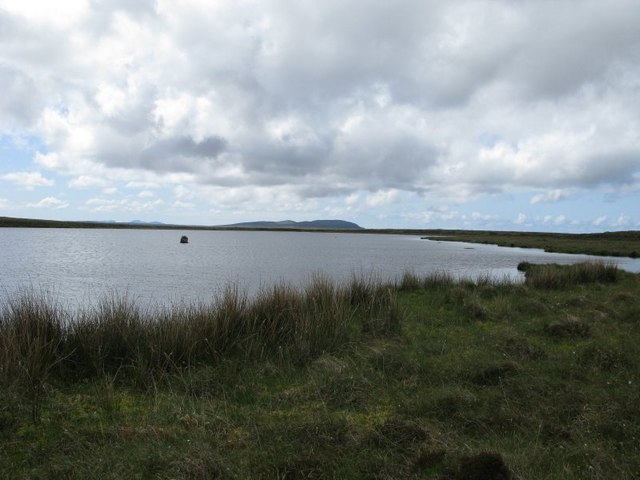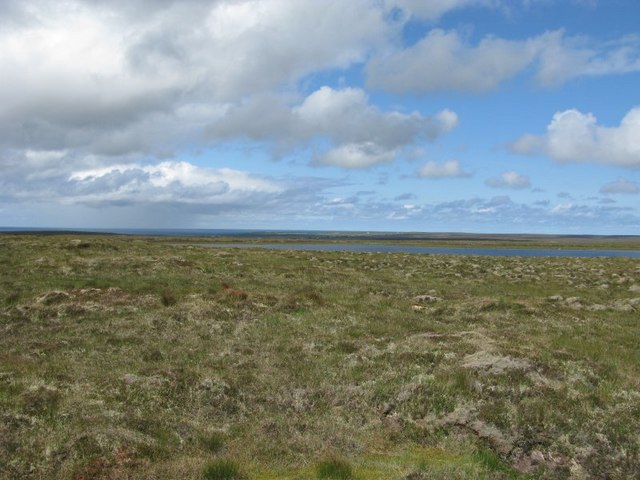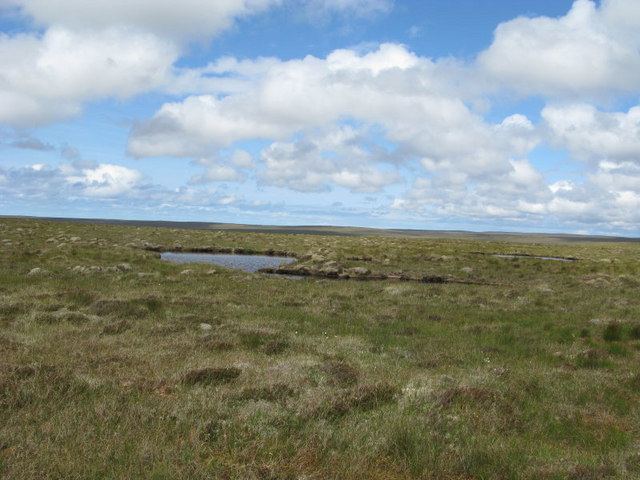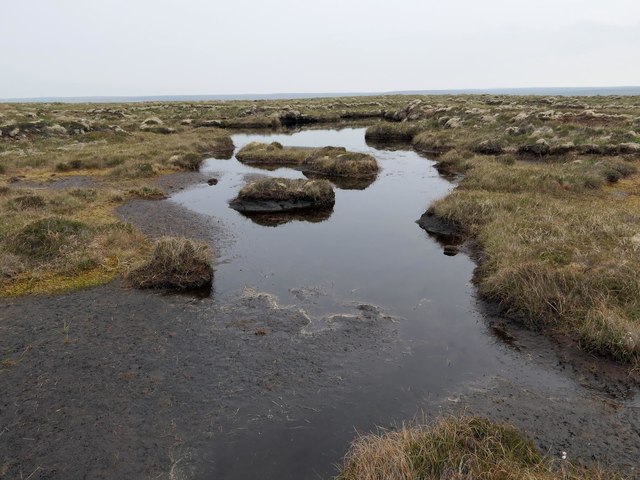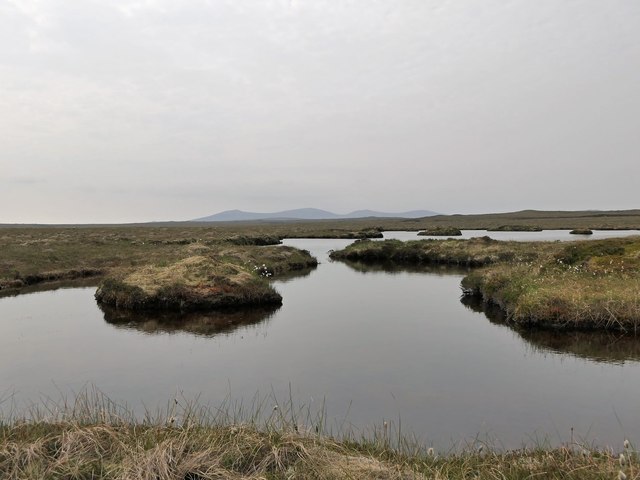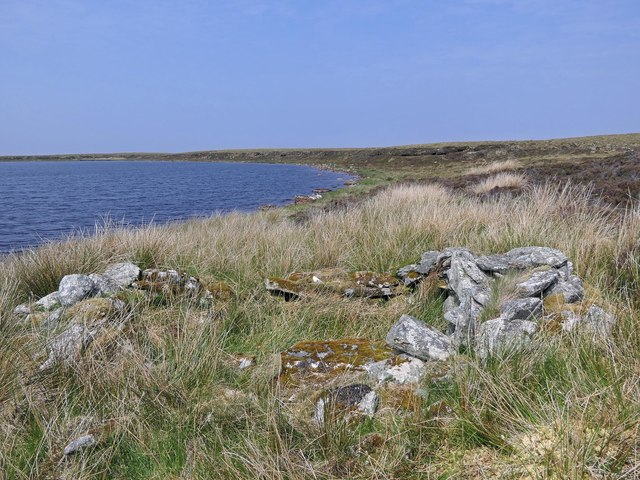Loch nan Urrannan Beaga
Lake, Pool, Pond, Freshwater Marsh in Ross-shire
Scotland
Loch nan Urrannan Beaga
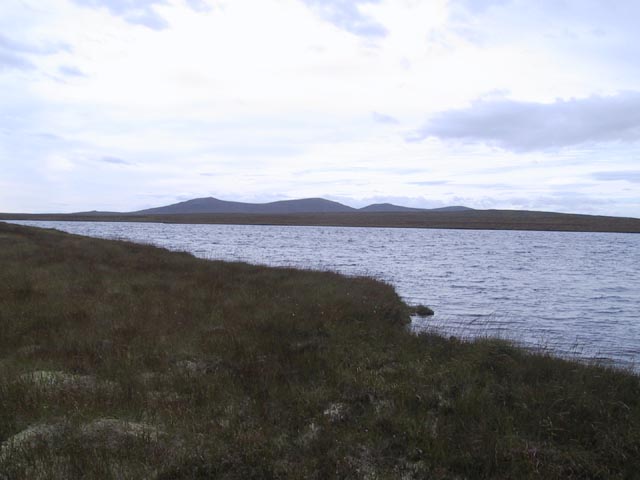
Loch nan Urrannan Beaga is a small freshwater lake located in Ross-shire, Scotland. It is situated within a picturesque landscape, surrounded by rolling hills and dense forests. The lake covers an area of approximately 10 acres and has a maximum depth of around 20 feet.
The water in Loch nan Urrannan Beaga is crystal clear and renowned for its purity. It is fed by several small streams that flow from the nearby hills, ensuring a constant supply of fresh water. The lake is also home to a variety of aquatic plants, including water lilies and reeds, which provide a vibrant and colorful display during the spring and summer months.
The lake is a popular destination for anglers, as it is abundant in various species of fish, including brown trout and perch. Fishing enthusiasts are often seen lining the shores, casting their lines in hopes of catching the elusive trophy fish. Additionally, the tranquil setting and serene atmosphere make Loch nan Urrannan Beaga a favored spot for nature lovers and photographers.
Surrounding the lake is a freshwater marsh, which serves as a vital habitat for numerous bird species. Birdwatchers can spot a variety of waterfowl, including ducks, swans, and herons, nesting and feeding in the marsh. The marshland also contributes to the overall biodiversity of the area, attracting a wide range of insects and small mammals.
Overall, Loch nan Urrannan Beaga is a hidden gem in Ross-shire, offering visitors a peaceful and picturesque setting to enjoy nature and indulge in various outdoor activities.
If you have any feedback on the listing, please let us know in the comments section below.
Loch nan Urrannan Beaga Images
Images are sourced within 2km of 58.309694/-6.5125465 or Grid Reference NB3544. Thanks to Geograph Open Source API. All images are credited.
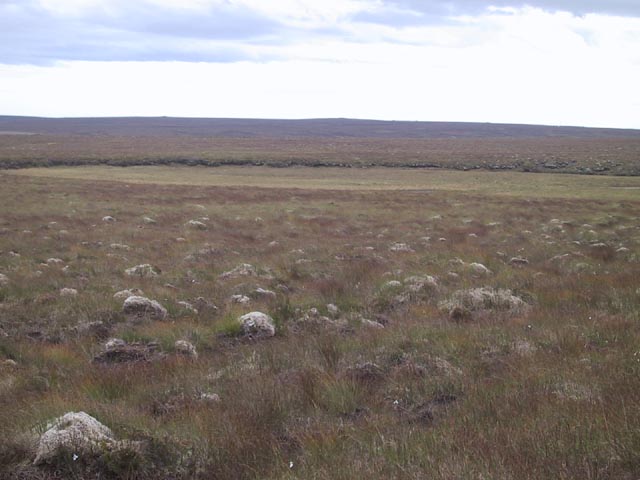
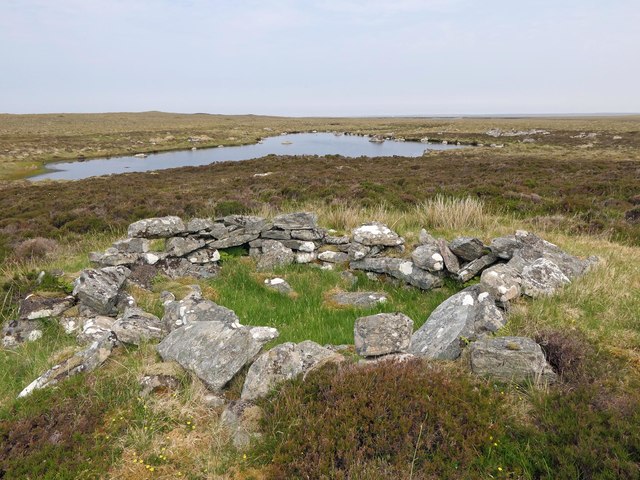
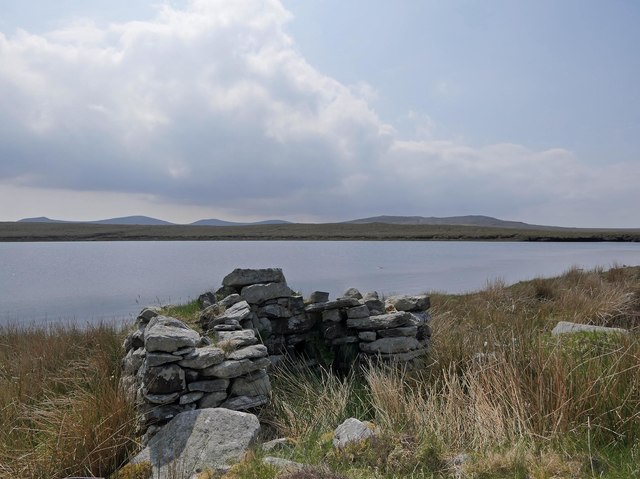
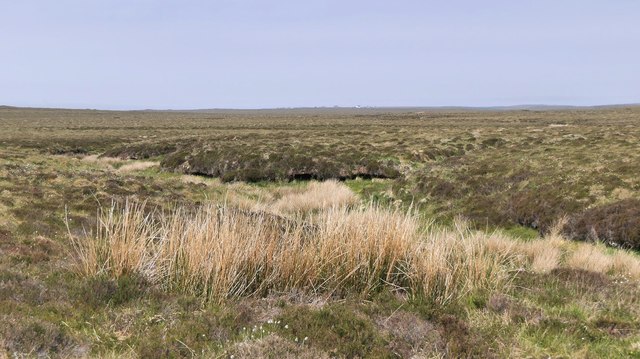
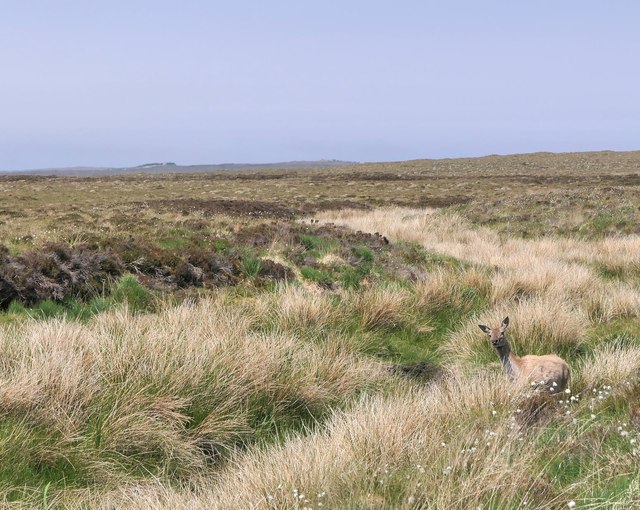
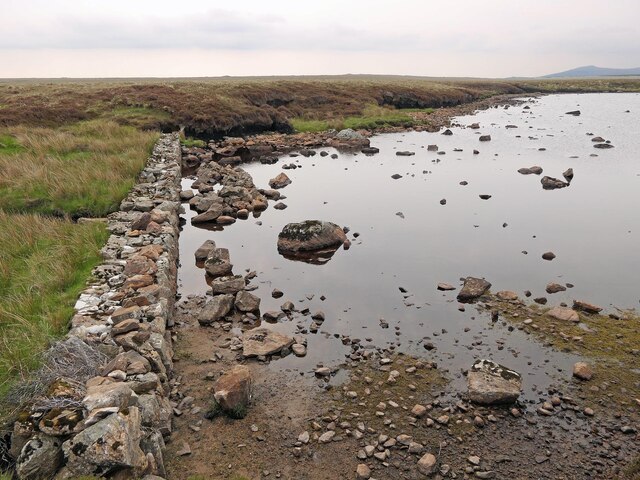
Loch nan Urrannan Beaga is located at Grid Ref: NB3544 (Lat: 58.309694, Lng: -6.5125465)
Unitary Authority: Na h-Eileanan an Iar
Police Authority: Highlands and Islands
What 3 Words
///fattest.facelift.unique. Near Stornoway, Na h-Eileanan Siar
Nearby Locations
Related Wikis
West Side, Lewis
The West Side (Scottish Gaelic: An Taobh Siar) is the name used for the (predominantly Gaelic-speaking) settlements along the NW coast of the Isle of Lewis...
Brue
Brue (Scottish Gaelic: Brù) is a village on the Isle of Lewis in the West Side district, in the Outer Hebrides, Scotland. It is a crofting township and...
Barvas
Barvas (Scottish Gaelic: Barabhas or Barbhas, pronounced [baravəs]) is a settlement, community and civil parish on the Isle of Lewis in Scotland. It developed...
Arnol
Arnol (Scottish Gaelic: Àrnol) is a small village typical of many settlements of the west coast of the Isle of Lewis, in the Outer Hebrides, Scotland....
Bragar
Bragar (Scottish Gaelic: Bràgar, pronounced [braːgər]) is a village on the west side of the Isle of Lewis in the Outer Hebrides, Scotland, 14 miles (23...
Lewis Peatlands
Lewis Peatlands (Scottish Gaelic: mòinteach Leòdhais) is a large area of blanket bog covering more than one third of the Isle of Lewis, off the west coast...
Mullen Bridge
Mullen Bridge is an old bridge crossing the Royal Canal in Maynooth in County Kildare, Ireland. It was built between 1790 and 1800.The bridge used to carry...
Clach an Trushal
Clach an Trushal (Scottish Gaelic: Clach an Truiseil, Scottish Gaelic pronunciation: [kʰl̪ˠax ən̪ˠ ˈt̪ʰɾuʃal], translated to English "Stone of Compassion...
Have you been to Loch nan Urrannan Beaga?
Leave your review of Loch nan Urrannan Beaga below (or comments, questions and feedback).
